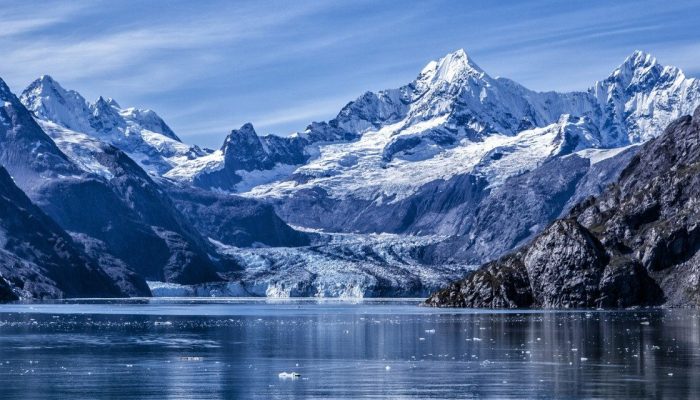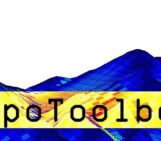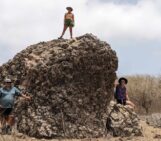
We are happy to announce the GSA Penrose Conference on Climatic controls on continental erosion and sediment transport (CLAST2019), 4-10 August 2019, Juneau, Alaska (USA).
Key challenges remain in recognizing and reconciling how climatic and earth surface process mediate erosion independently of solid earth forcing. The relationship amongst climatic, erosional, and transport processes are exceedingly complex and arguably more intricate than those typically defined between erosion and tectonics. However, the study of these relationships is fundamentally problematic because many of these processes act both independently of and as a consequence of solid earth forcing. This conference seeks to discuss how climate can mediate the sedimentary record and under what conditions erosional signals can be observed and interpreted unambiguously in terms of paleoenvironmental and paleoclimatic change? Global Cenozoic climate, fluctuating sea level, and large-scale glaciation have pivotally affected our planet, from the physical evolution of mountain belts to the chemical breakdown of sediments distributed across margins. How do longer- and shorter-term climatic phenomena dictate rates of sediment supply and records of provenance? To what extent do environmental conditions mediate the periodic storage of sediments? Climatic control over sediment transport certainly extends to the offshore, so how do earth surface processes dictate the supply, loading, and stratigraphic architecture along margins and into the deep sea? And, under what conditions and timescales can precise and accurate climatic records be reconstructed from sediments?
This conference particularly solicits contributions addressing erosion and/or environmental change from all earth surface process disciplines that permit robust correlation between changes in climate, erosion, and sediment transport. Separating drivers and processes continues to be difficult but are much improved in recent years as field studies are coupled with novel spatial and temporal control and further tested with dynamic landscape and stratigraphic models. This transdisciplinary meeting is intended bring together researchers across fields to showcase the current state of research, demonstrate contemporary evidence and methods from studies worldwide, and underline the research concerns remaining in our community.
Dates: 4-10 August 2019
Venue: Juneau, Alaska, USA
This seven-day meeting will start with an icebreaker in the evening of Sunday, 4 August 2019 in the city of Juneau, nestled within the Coast Mountains of southeast Alaska. It will end in fjordland, at the feet of Tracy Arm tidewater glaciers on the afternoon of Saturday, 10 August 2019. The meeting will balance between invited talks, roundtable discussions, pop-ups, and poster presentations, with two field trips occurring mid-week and on the last day.
Attendees and Estimate Costs
Registration fee is estimated at US$950-$1050 and will cover the cost of the meeting, hotel lodging for six nights, icebreaker reception, all lunches, coffee breaks, and poster refreshments, the mid-meeting conference dinner, and transportation and meals for the first field trip. The second field trip is optional; this cost is not included in registration and will be determined at a later date based on number of interested participants. Airfare is not included and participants must make their own travel arrangements.
Applications and Registration
Application period opens: 1 March 2019
Application deadline: 1 May 2019
Registration deadline: 7 June 2019
For more information and to apply to attend, please visit the conference website or download the detailed conference announcement.


![[EGU 2022] International Tracing Day – UniVienna – Sunday 22 May](https://blogs.egu.eu/divisions/gm/files/2022/04/2022_Tracing_Day_Vienna_220522-161x141.jpg)
